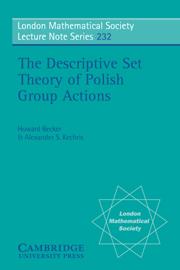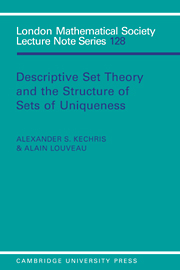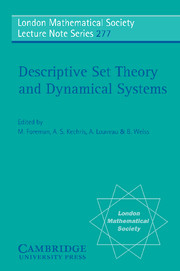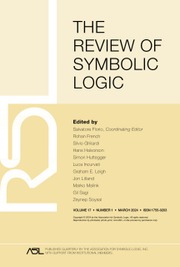The Descriptive Set Theory of Polish Group Actions
In this book the authors present their research into the foundations of the theory of Polish groups and the associated orbit equivalence relations. The particular case of locally compact groups has long been studied in many areas of mathematics. Non-locally compact Polish groups occur naturally as groups of symmetries in such areas as logic (especially model theory), ergodic theory, group representations, and operator algebras. Some of the topics covered here are: topological realizations of Borel measurable actions; universal actions; applications to invariant measures; actions of the infinite symmetric group in connection with model theory (logic actions); dichotomies for orbit spaces (including Silver, Glimm-Effros type dichotomies and the topological Vaught conjecture); descriptive complexity of orbit equivalence relations; definable cardinality of orbit spaces.
- Best researchers in this branch of set theory
- Unifies diverse research of last 8-10 years
Product details
February 2011Adobe eBook Reader
9780511893292
0 pages
0kg
This ISBN is for an eBook version which is distributed on our behalf by a third party.
Table of Contents
- Descriptive set theory
- 1. Polish groups
- 2. Actions of polish groups
- 3. Equivalence relations
- 4. Invariant measures and paradoxical decompositions
- 5. Better topologies
- 6. Model theory and the Vaught conjecture
- 7. Actions with Borel orbit equivalence relations
- 8. Definable cardinality
- References.





